
Cerebral palsy is the medical term for the disorder of movement and muscle tone as well as of the posture which occurs as the consequence of a trauma to the brain of the babies before they are even born while they are still in the uterus.
Types of cerebral palsy
When one suffers from athetoid palsy he/she has the problems to control the muscles so that the involuntary movements of the muscles which are affected are a quite common symptom. Spastic cerebral palsy is most frequent and it is estimated that about 60% of the cases are the cases with this type of the cerebral palsy which is marked by tense and contracted muscles. Ataxic cerebral palsy is the type which causes a negative impact on the sense of balance as well as on the depth perception. When the child has this type of cerebral palsy, he/she is usually shaky and very unsteady.
Causes of cerebral palsy
The disrupted brain development of the baby while still in the uterus of the mother is responsible for the occurrence of cerebral palsy. This brain anomaly can occur due to numerous reasons. When the genes that regulate the development of the brain are mutated it may lead to the disrupted brain development and consequently to the cerebral palsy. Furthermore, when a mother has an infection which spreads to the growing fetus it may also cause serious consequences for the development of the fetus brain. Fetal stroke which occurs when the fetal brain does not receive enough amount of oxygen through blood is also a potential culprit for the incidence of cerebral palsy in the born child.Other causes responsible for the abnormality in brain development of the fetus are traumatic brain injury and infant infections.
Symptoms of cerebral palsy
Cerebral palsy is a disorder which may cause numerous symptoms and they may very to a great extent. The muscle tone may be excessively rigid or too floppy on the other side and the muscle reflexes may be quite exaggerated which is called spasticity or the muscles may be just rigid with normal reflexes. Ataxia, athetosis, involuntary movements and difficulty in walking or eating and swallowing are also some of the symptoms of the cerebral palsy.
Treatment for cerebral palsy
A team of specialists is necessary in order to treat this complex disorder in order to maximally alleviate the symptoms. Furthermore, behavior therapy and occupational therapy as well as speech therapy and the physical therapy also required for the children with this condition.
- www.cdc.gov/ncbddd/cp/facts.html
- www.cdc.gov/ncbddd/cp/causes.html
- Photo courtesy of Sadasiv Swain by Flickr: www.flickr.com/photos/37313707@N00/5379464895


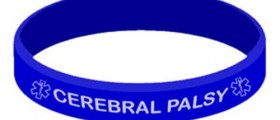
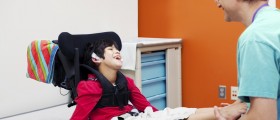

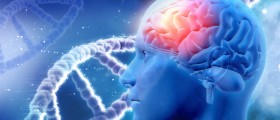
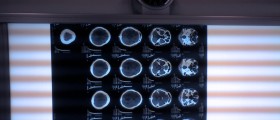




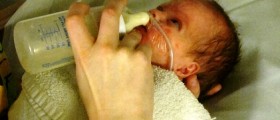

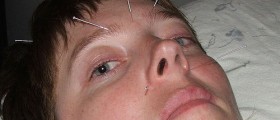



Your thoughts on this
Loading...